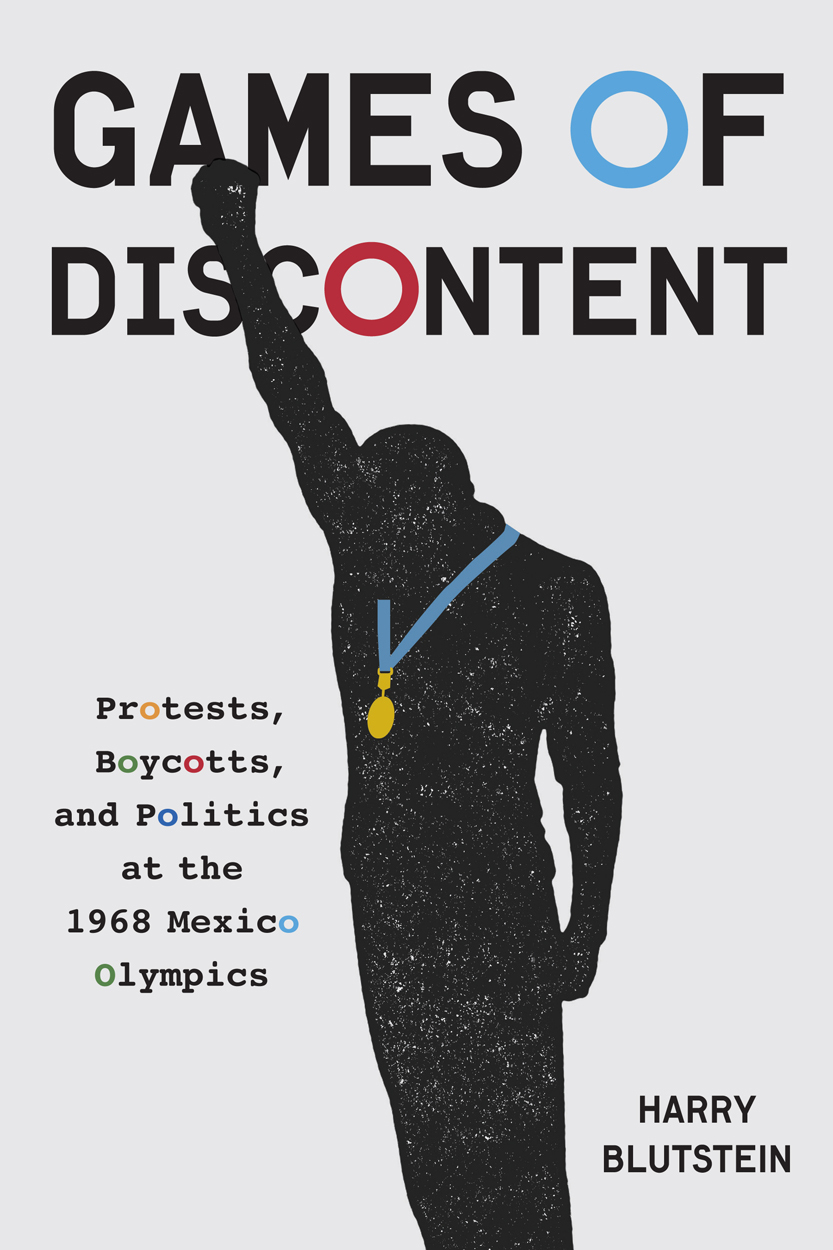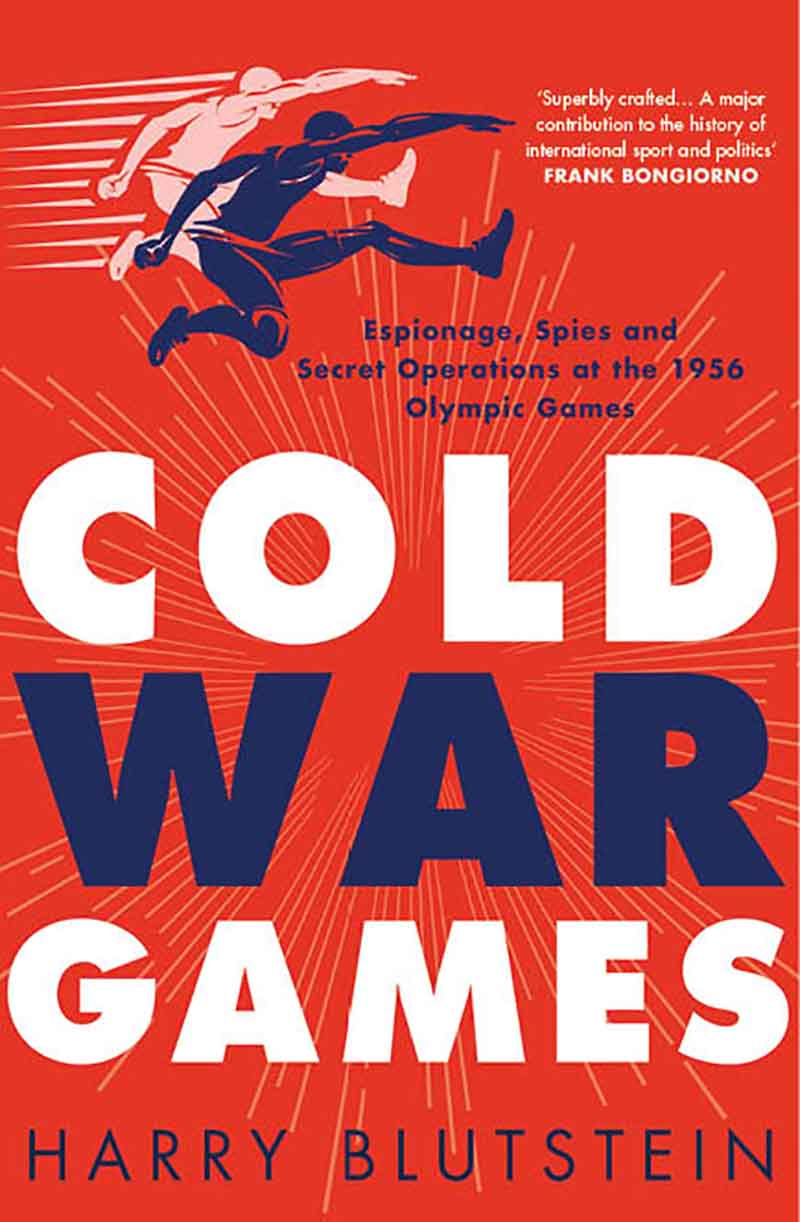
What was behind the
black power salute, boycotts, and political battles that characterized the 1968
Summer Olympics?
The year 1968 was
ablaze with passion and mayhem as protests erupted in Paris and Prague,
throughout the United States, and in cities on all continents. The Summer Olympic Games in Mexico were to be
a moment of respite from chaos. But the image
of peace - a white dove - adopted by organizers was an illusion, as was obvious
to a record six hundred million people watching worldwide on satellite television.
Ten days before the opening ceremony, soldiers
slaughtered hundreds of student protesters in the capital. In Games of Discontent Harry Blutstein
presents vivid accounts of threatened boycotts to protest racism in the United States,
South Africa, and Rhodesia. He describes
demonstrations by Czechoslovak gold medal gymnast Věra Čáslavská against the Soviet-led invasion of her country.
The most dramatic moment of the Olympic Games was Tommie Smith and John Carlos’s
black power salute from the podium. Blutstein
presents new details behind their protest and examines how this iconic image seared
itself into historical memory, inspiring Colin Kaepernick and a new generation
of athlete-activists to take a knee against racism decades later.
The 1968 Summer Games became a microcosm of the discord happening around the globe. Describing a range of protest activities preceding and surrounding the 1968 Olympic Games in Mexico, Games of Discontent shines light on the world during a politically transformative time when discontents were able, for the first time, to globalize their protests.
Games of Discontent (ISBN 978-0-2280-0675-6) will be released on April 15, 2021 by McGill-Queen’s University Press in hardback and as an electronic book. It will be available from the publisher, bookshops and Amazon.






















